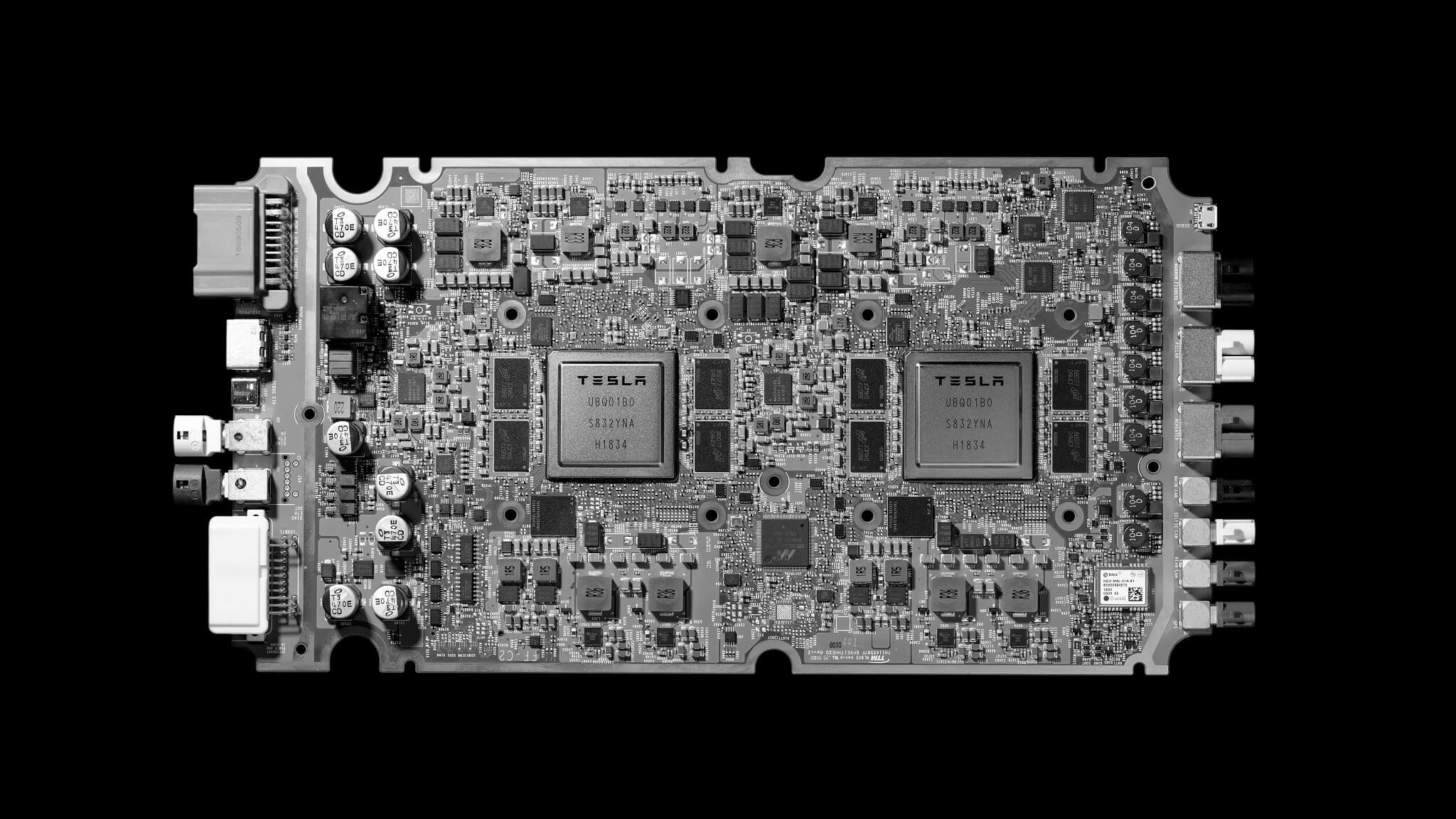The big picture: Tesla will offer the ability to retrofit its vehicles that are currently using the HW2 system with a new, in-house built chip that it claims will greatly improve the performance of the Full Self-Driving computer. As the company inches closer to its dream of a truly autonomous car, it looks like it could one day change course and stop selling cars to consumers, instead building a fleet of robotaxis that could go against the likes of Waymo and Uber.
For those of you out there who happen to own an older Tesla vehicle - or just over half a million people - there's some good news for you. If you paid for the full Self-Driving package ($6,000), Elon Musk says Tesla will "most likely" be ready to upgrade your model with the new, more powerful self-driving chip for free by the end of the year.
Elon has been touting the new chip at Tesla's Autonomy Investor Day earlier this year, a 260 square millimeter powerhouse with 6 billion transistors that should offer 21 times the performance compared to the Nvidia chips it's set to replace.
The new, Full Self-Driving (FSD) computer is also fitted with two such chips for redundancy, as are all the other critical features such as power delivery. All of this apparently costs 20 percent less than Nvidia's solution at the cost of being a little less energy efficient.
It's worth noting that Model S, X and 3s produced in the last months have already been equipped with the new chip. The next challenge for Tesla is how to retrofit 528,000 vehicles as well as judging the opportunity cost of that versus unleashing a swarm of robotaxis and just exiting the car market.
Once Tesla figures out how to align the FSD software with the promise of a fully autonomous car, the latter option would likely generate much more profit for the company in the long run than selling its cars to consumers. Musk himself said increasing the price accordingly is more in line with what he has in mind.
In the meantime, Tesla still has a lot of work on its hands as competition from Waymo and Uber intensifies and the pressure of achieving strict production targets that make investors happy tends to increase every quarter.
